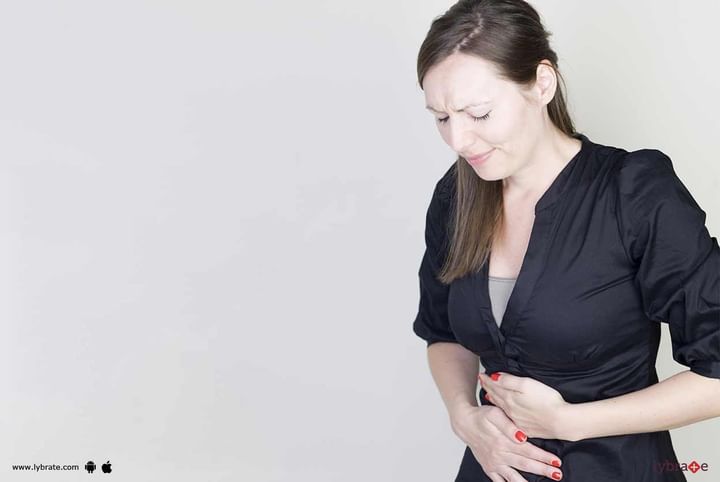Hysterectomy - Know The Emerging Conservative Alternatives To It
Like most things in life, the uterus also has both good and bad sides to it. It is a symbol of womanhood and also carries the developing baby. The bad side is that it brings with it (and its appendages) many problems including dysfunctional uterine bleeding, endometriosis, fibroids, pelvic inflammatory disease, uterovaginal prolapse, adenomyosis, a pelvic pain of unknown origin, cancer of the uterine cavity and other obstetric complications.
Hysterectomy is one of the most commonly performed procedures and ensures complete relief from these symptoms. There are however, multiple procedures, which can be used to manage these conditions without having to resort to removal of the uterus. This can help in preventing complications from hysterectomy including prolonged recovery, infertility in women of childbearing age and loss of womanhood.
Read on to know some of the emerging conservative alternatives to hysterectomy:
Where there are fibroids, which are in the smooth muscles of the uterus and show symptoms like pain and discomfort. In these, it is advisable to go for a myomectomy. This removes only the fibroid, leaving the uterus in place. It can be done in one of the 3 ways traditional surgical process through an incision; laparoscopically through minute incisions; and then through vagina. In all these, only the fibroid is removed and sent for biopsy to confirm it is benign. It is less invasive, requires less recovery time and helps retain the uterus.
Uterine endometrial ablation
In cases of dysfunctional uterine bleeding or menorrhagia with no fibroids, the lining of the uterus could require removal. In these women, thermal balloon ablation, cryoablation, and radiofrequency ablation can be used. A small amount of extreme heat or cold or radio frequency waves are used to remove the uterine lining, thereby managing symptoms.
In women with fibroids, the feeding arteries could be cauterised to ensure blood supply is stopped so that fibroid growth is stopped. With very promising success rates, this is gaining popularity as a conservative method.
Laparoscopy and endometriosis excision
In endometriosis, where the uterine tissue is growing in areas outside the uterus, it could be removed laparoscopically after identifying the area of growth on ultrasound and laparoscopy.
Vaginal pessary
In women with uterine prolapse, the uterus drops from its normal position, pushing against the vaginal walls. This can be due to vaginal childbirth, age, smoking and obesity. Vaginal pessary is where a removable device is placed into the vagina to prevent it from falling down. It is a temporary solution, but very useful in holding the uterus in place and relieve symptoms partially or completely.
In all these, medical management (painkillers and hormone replacement), stress and weight management, quitting smoking, reducing alcohol are also essential.



+1.svg)
